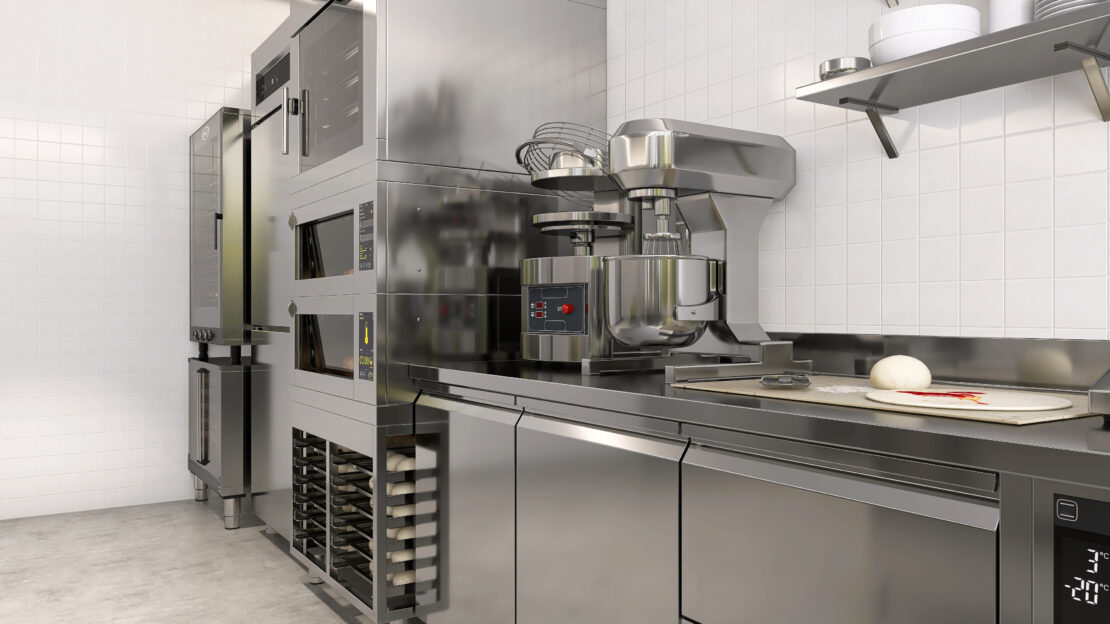This is an interesting and evolving topic! Embodied carbon in commercial catering equipment refers to the total greenhouse gas emissions produced throughout the lifecycle of a product – covering raw material extraction, manufacturing, transportation, usage, and eventual disposal or recycling.
Why Embodied Carbon Matters in Commercial Kitchens?
As the UK pushes towards net-zero targets, sustainability is becoming a key concern in the catering and hospitality industry. While energy efficiency has long been a focus for kitchen appliances, the embodied carbon of catering equipment is now gaining attention. Large kitchen builds and refurbishments involve high-carbon materials like stainless steel, aluminium, and plastics, all of which contribute to the overall environmental impact.
New Regulations and Guidelines
- Net-Zero Goals: The UK government’s net-zero strategy aims to reduce carbon emissions across all industries, including hospitality.
- Building Standards: Commercial kitchens may soon be required to meet stricter environmental criteria, factoring in embodied carbon alongside operational energy efficiency.
- Green Procurement Policies: Businesses may need to prioritise catering equipment that is made from recycled or low-carbon materials and is designed for longevity and recyclability.

Impact on New Kitchen Builds
- Material Choices: Stainless steel is a kitchen staple, but alternative materials with lower embodied carbon (e.g., recycled aluminium or composite surfaces) might become more popular.
- Modular and Circular Design: Equipment designed for easy disassembly and recycling could see increased adoption.
- Supplier Scrutiny: More emphasis will be placed on choosing manufacturers that provide carbon footprint data and use sustainable production methods.
- Lifecycle Costing: Instead of just looking at upfront costs, businesses may consider the full environmental and financial impact over an appliance’s lifespan.

This is going to be a mammoth task, and we will need advice and support if we get involved with kitchen design and embodied carbon calculations are needed.
We are in an age of transparency. For years now we have been encouraged, and well expected, to understand the provenance of the food we use, where it comes from and how it is processed.
Today a competent catering business must be able to inform a customer which of the TOP 14 allergens are contained in the foods and drinks being offered.
We are all deeply involved with local supply, food miles, good manufacturing processes, supporting local economies, energy saving initiatives and having a wider appreciation and awareness of all thing’s sustainability.
Evaluating and calculating embodied carbon in kitchen equipment does bring to the party the non-organic element of our businesses understanding of protecting the planet.
It will be interesting to see in the future whether lower embodied carbon equipment becomes a preferred choice for cookers, fridges, dishwashers etc. Now equipment selection is based on performance, energy efficiency and will it last 10 years?… The carbon journey continues!
Julian Edwards, CEO, Allergen Accreditation


